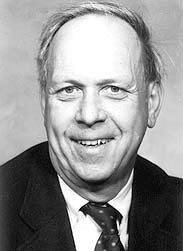Finding Magic Numbers for Heavy and Super Heavy Elements
Year: 2011 Pages: 6
For at least sixty years, scientists have known that certain numbers of protons or neutrons in nuclei formed closed shells of some kind, producing additional stability to nuclei that possess these properties. The most stable nuclei, or nuclei exhibiting enhanced stability, are called doubly magic. Only recently, Lucas has explained that the magic numbers are really composites of several sub shells filling, rather than being single shells. Protons are charged particles, and by Coulomb repulsion they try to get as far away from each other as possible, hence tending to occupy the outer regions of nuclei. Neutrons, being uncharged but possibly polarizable, tend to occupy both outer and inner shells and to possibly increase the number in an outer shell when the nuclei are heavy in a similar way to electrons filling in inner shells in the Lanthanide and Actinide series.
Using a simple modification of Lucas? geometrical packing scheme, individual candidates for new magic proton numbers and new magic neutron numbers have been identified. Amazingly, these new magic numbers correspond to the experimentally identified superheavy element distribution to a very large extent. As an added bonus, the newly suggested magic numbers correspond to the long lived Thorium and Uranium isotopes, and to the Fermium isotopes, which may help explain the shape of the Peninsula of Heavy isotopes. They also suggest going back to reassess somewhat lighter isotopes in the Continent. This has been done for several isotopes, and magic effects do indeed appear.


